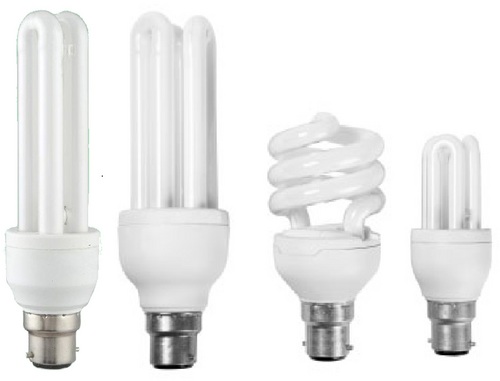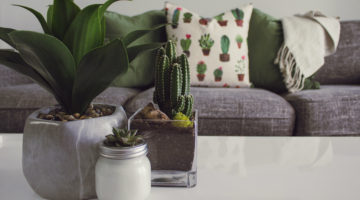When it comes to fluorescent lights one of the most common lamps are T5 lights, but that doesn’t mean that it is the only fluorescent light type. You are able to buy not only fluorescent light bulbs such as T4, T8 and T12 bulbs, but there are also CFL (Compact fluorescent lamps) and PG17 bulbs that all can be used as grow lights. So to help you better understand fluorescent lights here will be an article about what exactly are fluorescent lamps and a brief description of the most popular fluorescent bulb types.
Fluorescent lamps essentially are tube lights that uses fluorescence to produce visible light, hence the name. They are low pressure mercury vapor gas discharge lamps, because as the electric current found in the gas excites the mercury vapor, it produces short wave ultraviolet light that in return interacts with the phosphor coating on the inside of the bulbs and they start to glow. Thanks to the fact that these kind of bulbs convert electricity into useful light much more efficiently, they themselves are more efficient and also brighter than say incandescent bulbs. Fluorescent bulbs can reach up to 100 lumens per each watt it burns so they are also efficient in their power usage, in terms of color spectrum they usually range from 2,700 Kelvins up to even as much as 10,000 Kelvins and their average lifespan is about 20,000 hours of burn time.
The letter T in the name of most of fluorescent lights is the indication that they are tube shaped lights, but the number that follows the letter T shows the diameter that the particular bulb has in eights of an inch (~38.1 mm).
T12
The T12 light bulbs are second largest fluorescent bulbs being 1 and a half inches (38.1 mm) in its diameter. These kind of bulbs were first produced in 1930s which means that they are very old lamps, moreover, they have become also very inefficient, because their lifespan is considerably shorter and they chew up much more electricity than newer fluorescent lights. No wonder that in 2012 U.S. all lighting manufacturers stopped production of T12 bulbs, based on their Department of Energy regulations, that said that the T12 lights are very inefficient in terms of energy and they should be replaced with either T8 or T5 lights.
T8
One of the most used fluorescent light types in plant growing, as aquarium lights, as office lights and in many more places are the T8 lights, because they are quite efficient and produce good light. These lights are exactly 1 inch (25.4 mm) in diameter, so they are not the smallest but also not the thickest lights. Although these lights too first were produced in 1930s they became available to customers around 1980s, which means that in this 50 year gap they were improved so that they can offer great efficiency and light output. One 48 inch T8 bulb has the lumen to watt ratio of about 90 lm/w, depending on the manufacturer.
T5
Probably the most common fluorescent light is the T5 light. It is 5/8 of an inch in diameter (about 15.9 mm) so they are very thin but still are able to produce the most efficient light, because one 46 inch long T5 bulb has the lumen to watt ratio of 93 lm/w. That means that this thinner light can produce brighter light while chewing up significantly less watts for that power. The T5 light first was made in 1950s, bet the new generation HO (high output) T5 lights are produced since 1990s and still are leading in fluorescent light market.
T4
Some manufacturers offer also T4 fluorescent bulbs, although their size and also their power (wattage and lumen output) can vary from one manufacturer to the next, because these features, that basically are the most important ones, are not yet standardized. The T4 lights are ½ and inch (12.7 mm) in their diameter and therefore they often are called the slim lamps. Their wattage varies from 6 up to 30 watts and therefore their lumen output can be from 440 lm to 3,000 lm depending on their length.
CFL
The CFL or Compact fluorescent lamps are bulbs that are not tube shaped but resembles regular incandescent bulbs, but still keep their fluorescent light characteristics, because they have all fluorescent bulb features up to even a ballast inside the base of the cup of the bulb, that will reflate not only the voltage of the bulb, but also make the humming sound much less noticeable. These lights can be used as grow lights or as regular lights, because they are efficient and can produce wide variety or light.







